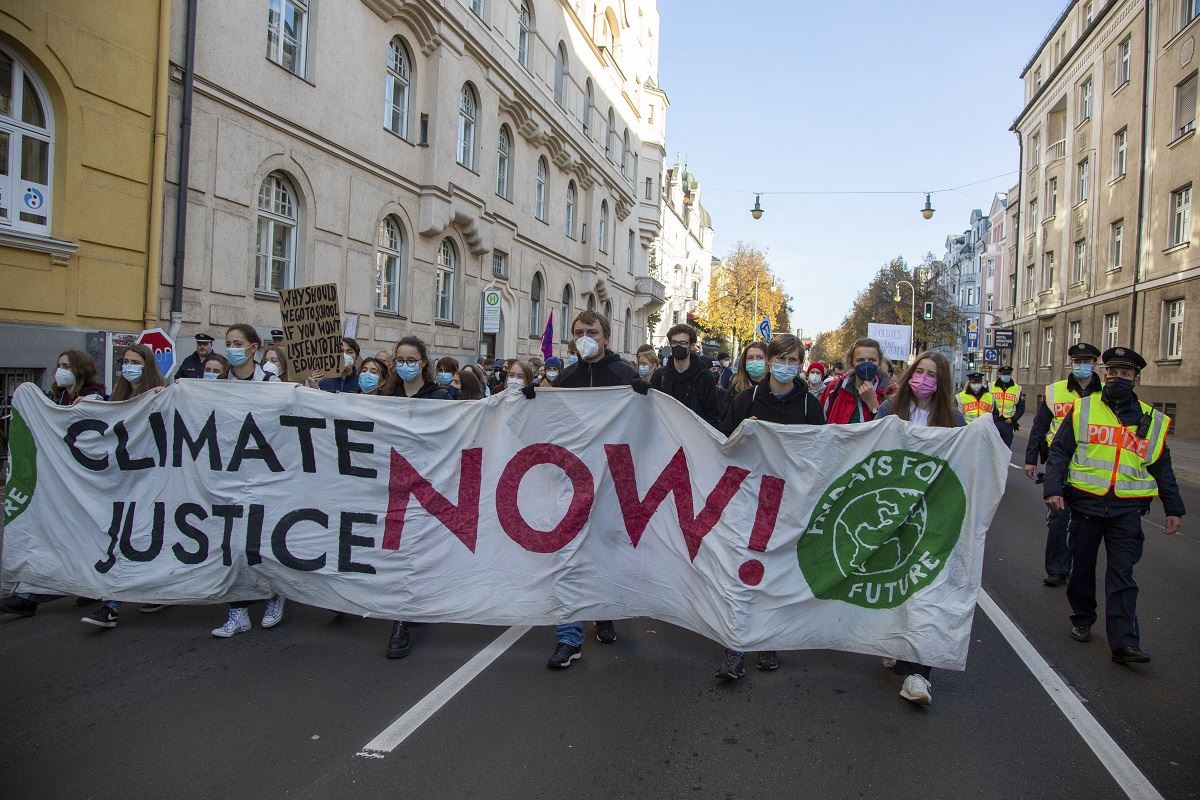
With the United Nations Climate Change Conference, or COP26, underway, investors are further inspired to seek out opportunities to improve our future environment.
The COP26 is considered by many to be the most important climate summit since the Paris Agreement was adopted in 2015. Under the Paris Agreement, the world agreed to strive to cap global warming to under 2 degrees Celsius above pre-industrial levels--or, better yet, to 1.5 degrees--by substantially reducing greenhouse gas emissions. But now it’s all about ‘net zero’.
As Leslie Norton, Editorial Director of Sustainability at Morningstar points out, since then, a flurry of national pledges to slash emissions to net-zero, meaning to take as much carbon out of the atmosphere as one is putting in, by 2050 has ensued. The United States rejoined the Paris Agreement this year after U.S. President Donald Trump pulled out in 2017. Lately, even Saudi Arabia, the world’s largest exporter of oil, promised to reach net-zero emissions by 2060.
In August this year, the latest Intergovernmental Panel on Climate Change report, titled Climate Change 2021: The Physical Science Basis, was called a “code red for humanity” by UN Secretary-General António Guterres. Achieving the hard target of net-zero won’t reverse, or for that matter, even stop climate change, but it could help humanity to avoid its most severe effects.
“Right now, everyone is waiting for what happens in Glasgow,” says Michael Jantzi, founder of Sustainalytics, a Morningstar company. “Everyone is grappling with what the heck net zero means and what they signed up for.”
As Canada’s role post-COP26 becomes clearer, investors here ready to take the net-zero pledge should consider companies and collaborations with the greatest opportunities to make a difference.
Climate is Systemic in Canada
In terms of defusing one of the biggest systematic risks to our financial markets, addressing climate change would do it, Norton points out. This is even more so in Canada, where energy and materials account for about 25% of both the Morningstar Canada Index and the S&P/TSX Composite Index. Canada is the world’s fourth-largest oil producer and 10th-largest oil consumer. As it stands today, Canada’s economy is heavily dependent on oil and gas--a clear vulnerability from a climate and financial stability standpoint. According to Climate Action Tracker, Canada earns an overall rating of “Highly Insufficient”, the worst rating of the G7 countries.
“We could improve our ranking if we were able to put a full and immediate stop to oil and gas production – and oil sands production in particular. But that would come at a great cost, stranding assets, workers and communities. It might also strand our opportunity to lead on critically needed climate solutions,” said NEI Investments’ director of corporate engagement Jamie Bonham.
Oil Can Help Fuel Change
Bonham points to two “uniquely Canadian advantages.” The first of these, which may come as a surprise to sustainable investors, is our oil and gas industry, and its specialized energy expertise. To Bonham, the oil and gas industry may yet prove critical to a successful energy transition for all stakeholders, including companies, workers, and investors. But how?
In its report Net-Zero by 2050, the International Energy Agency says that carbon capture, utilization and storage, or CCUS, is integral to reaching net zero. It estimates that getting the world on a 1.5-degree path will require annual investments in clean energy and infrastructure of about $4 trillion a year, up from around $1 trillion today.
“Canada’s oil sands players are in a strong position to capitalize on multiple fronts: technology, infrastructure, project management, workers, experience, logistics and skills. Leveraging the capabilities of the oil and gas industry is the fastest way to make CCUS commercially viable,” Bonham says.
He adds that Canadian companies finally seem to be recognizing the need to make a meaningful contribution to the energy transition, pointing to Suncor Energy as an example. The company has a strategy to be Canada’s leading energy company by “growing our business in low greenhouse gas fuels, electricity and hydrogen while sustaining and optimizing our existing hydrocarbon business and transforming our GHG footprint.”
A First Nations Advantage
The second advantage Bonham points to is Indigenous-led environmental stewardship. “Reconciliation points the way to another unique advantage and opportunity. Canada’s boreal forest is one of the world’s largest carbon sinks, covering 270 million hectares, and is home to 70% of the nation’s Indigenous communities. Putting the stewardship of the boreal forest into Indigenous hands would establish a precedent the world could follow,” he said.
Across sectors in Canada, stakeholder buy-in, including the buy-in of Indigenous people, should be an essential part of any business plan. As Shannon Rohan, Chief Strategy Officer at SHARE points out, Canadian companies have an important role to play in supporting reconciliation and respect for Indigenous rights and title, as reinforced by the Truth and Reconciliation Call to Action #92 for corporate Canada.
A recent Morningstar Executive Forum discussed how disruption would be the only way forward for Canadian oil, which has also seen conflict with Indigenous communities, and this disruption is possible without agreement across stakeholders. “I don’t see a clean path; it will take multiple efforts on multiple fronts. We need Alberta and Saskatchewan on board. We also need to engage with some industry bodies. We need gatherings of industry, First Nations, investors, communities, government and labour,” Robert Walker, chair, ICGN & principal, LVC Strategies said.
Sustainable Assets, and their Influence, Continues to Grow
“As the climate summit kicks off, we’re providing investors with a sustainable investing framework that can help them better understand their motivations, address investing concerns, and evaluate sustainable funds and portfolios. Increasingly, mainstream asset managers--such as your exchange-traded fund manager, for example--are using the techniques of sustainable investing to assess certain risks that traditional financial metrics can’t express. Such investing approaches include applying exclusions; limiting environmental, social, and governance risk; seeking ESG opportunities; practicing active ownership; targeting sustainability themes, and assessing impact,” Norton says.
Sustainable investing has grown significantly in Canada in recent times. Morningstar Canada’s director of investment research Ian Tam finds that by AUM, sustainable funds and ETFs topped $28.2 billion, representing a quarter-over-quarter growth rate of 7% and a year-over-year growth rate of 143%. Estimated Net Flows into Sustainable funds and ETFs in Q3 were similar to the prior quarter, at around $2.2 billion.
As these assets grow, it makes sense for us as investors to consider where this money is going, and perhaps consider ways to use our money for good.




















